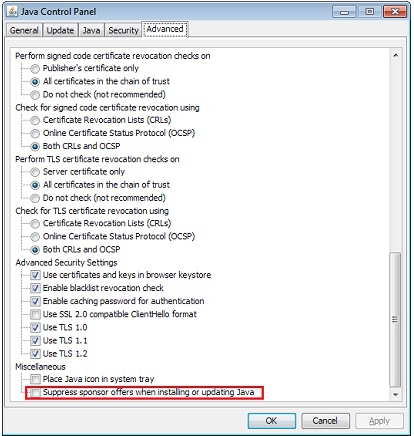The Technology and Security groups at CoNetrix have received several questions from customers about the announcement from Oracle to move to a paid subscription model for commercial users. This issue has been very confusing for everyone as we try to decipher what this means with the various versions and editions of Java available today. In this article, we will attempt to clear up some of the confusion and provide recommendations going forward.
Java Standard Edition (SE) is the most common installation of Java today. Java SE consists of the Java Development Toolkit (JDK) and the Java Runtime Environment (JRE). Unless you are a developer, the JRE is the most important component because it's what allows you to run Java-enabled applications. Many users will have a version of JRE installed on their PC to support an application they use every day. Until recently Oracle Java SE has been free to download and install for everyone.
However starting in January 2019, commercial customers must have a paid subscription license for Java SE in order to receive updates. Historically Java has not had the best track record on security, so installing Java updates at least monthly is critical to ensure any newly discovered security vulnerabilities are fixed.
Does this mean you have to purchase Oracle Java subscription licensing to install updates? The answer is "It depends!"
Thankfully there are some open-source alternatives to the licensed Java SE. The most common are:
- AdoptOpenJDK is an open-source distribution of the OpenJDK project which is jointly supported by Oracle and the Java community.
- Corretto is another distribution of the OpenJDK that is supported by Amazon.
Both of these distributions provide support back to Java version 8, which can be important for some applications that require this older version. Both are also supported by CoNetrix Technology for our Network Advantage patch management customers.
The following are our recommendations for installing and supporting Java:
- Verify you actually need to run Java. It's common for Java to get installed at some point but not removed when it's no longer needed.
- Test one of the open-source Java options and see if your applications continue to work. If the testing is successful you should be good to remove Oracle Java.
- Check with your application vendors who use Java to determine if they will support one of the open-source options. If they won't provide support, or they confirm their application doesn't work, then you may have to purchase a Java SE license for every system where these applications are used.
- If an application requires Oracle Java, check with your vendor to see if they can bundle Java SE with their application. This could be more cost-effective than purchasing it separately.
- If you deploy one of the open-source options, verify updates for this distribution are included in your patch management solution. Additionally, if your systems are scanned regularly for audits and exams make sure the scanning solution will recognize the open-source installation.
Please contact Customer Support at 806-698-9600 or email [email protected] if you have any questions about management of Java and how CoNetrix can assist.

